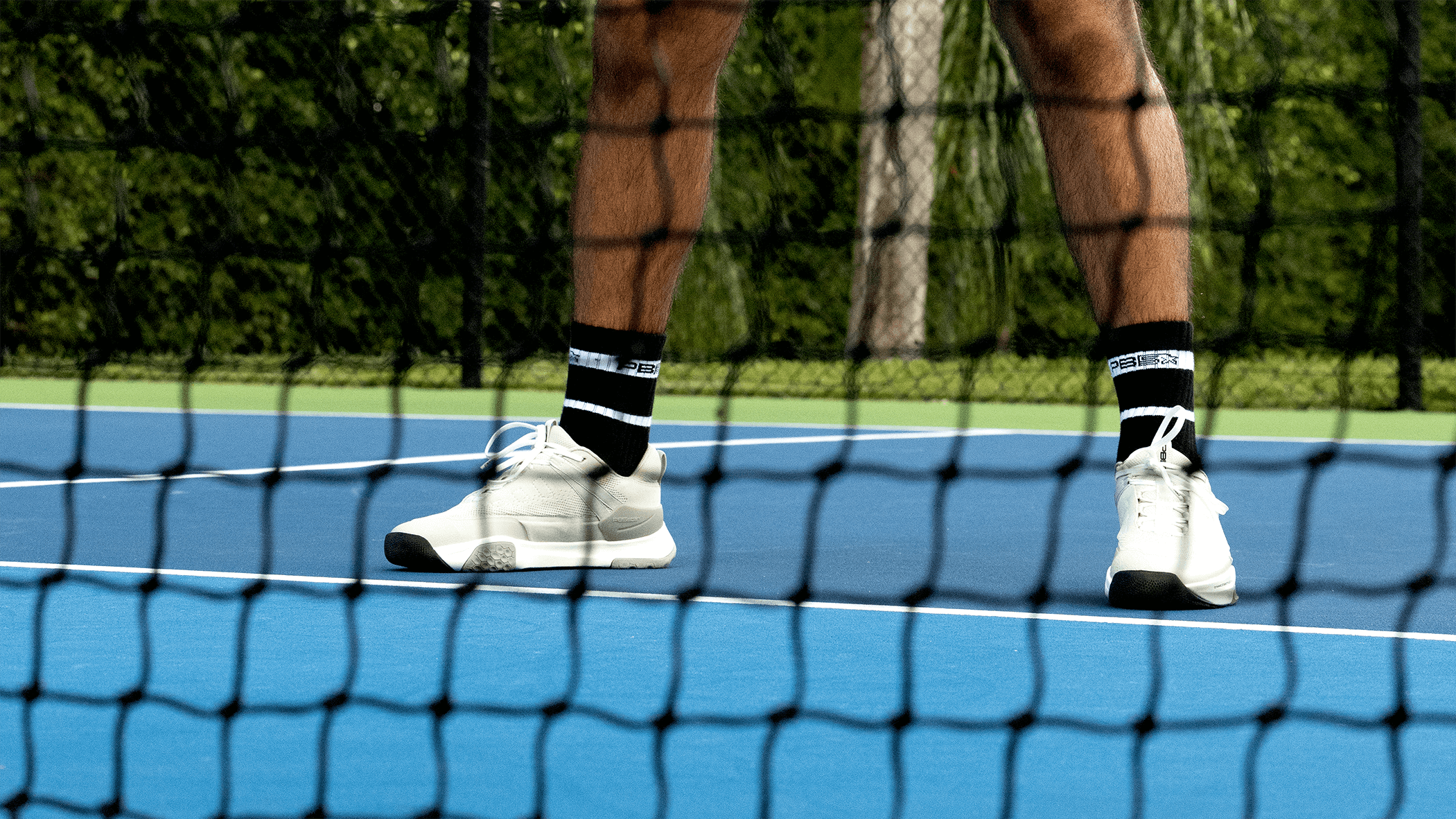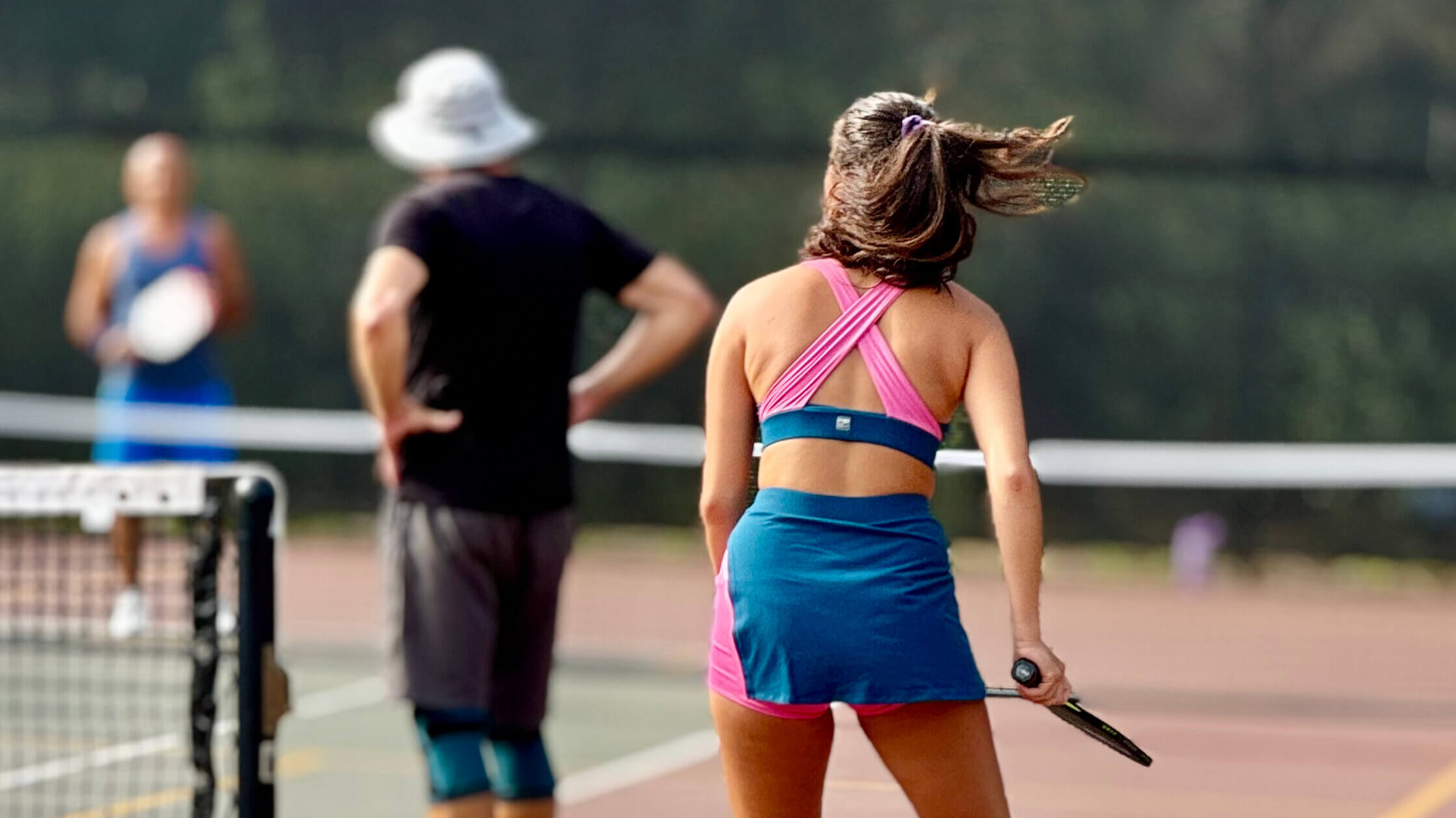Key takeaways:
Knowing how traditional side-out scoring and rally scoring work can help you make smarter decisions during games.
Scoring differences between singles and doubles affect how you move, serve, and plan your shots.
Mastering pickleball scoring helps avoid common mistakes and boosts your confidence, ultimately improving your performance on the court.
In the middle of a close match, not knowing when the game ends can throw off your focus. Pickleball scoring might seem confusing at first, but once you get the hang of it, it adds another layer of strategy and keeps things exciting. Most games are played to 11 points, and you need to win by at least 2 points. Knowing how the scoring works helps you stay sharp, plan your moves, and keep the momentum going.
At PB5star, we know how important it is to understand the flow of the game. Scoring isn't just about keeping track of the numbers—it helps shape your approach and pace on the court. Our community values these details, and we’re here to help you feel more confident every time you play.
Now that the basics of scoring are clear, let’s take a closer look at how the system works in both singles and doubles play.
How does scoring work in pickleball?
Scoring in pickleball might seem tricky at first, but once you understand the basics, it adds a lot of depth to the game. There are two main scoring formats: traditional side-out scoring and rally scoring.
In traditional scoring, only the serving team can score points. That makes every serve count and adds extra pressure to win those key rallies. Rally scoring is a bit different—both teams can score a point on every rally, no matter who’s serving. Each style brings a different pace and strategy to the game.
Doubles play introduces its own format with the familiar "0-0-2" score call. The first number is the serving team’s score, the second is the receiving team’s, and the third tells you whether the first or second server is serving. Understanding this helps you stay in position and make smarter decisions during each point.
When you're comfortable with the score and what it means, you can stay in the moment, plan your next shot, and stay one step ahead.
Pair that knowledge with gear designed for performance, like our PB5 Court2 shoes, and you’ll feel more confident in your movement and decision-making. Next, let’s break down how scoring works in both singles and doubles so you can jump into your next match ready to go.
Pickleball singles vs doubles scoring differences
Knowing the difference between singles and doubles scoring in pickleball can help you play with more confidence and make better decisions on the court. Here’s a simple breakdown of what sets them apart:
Court coverage: In singles, you’re responsible for covering the entire court, which means more movement and higher stamina. Doubles gives you a teammate to share the load, allowing for more focused positioning and teamwork.
Serving patterns: In singles, you serve from the right side when your score is even and the left when it’s odd. In doubles, teams switch positions after scoring, and only the serving team can earn points.
Score calling: Singles players only need to announce their own score and their opponent's. In doubles, the score is called in a "0-0-2" format: server’s score, receiver’s score, and server number (1 or 2).
Strategy: Singles players often use deep serves and sharp angles to keep opponents moving. Doubles requires strong communication and teamwork to manage court coverage and make smart shot choices.
Physical demand: Singles is more intense physically since you’re covering the court alone. Doubles is less demanding in that sense but requires quick thinking and coordination with your partner.
Pickleball scoring tips for beginners
Scoring is a big part of pickleball, and once you understand how it works, the game becomes even more enjoyable. Here are a few beginner-friendly scoring tips to help you feel more confident during matches:
Learn the server rotation: In doubles, remember that each team has two chances to serve—one per partner—before the serve goes to the other team. The first serve of the game starts on the second server, which is why the score is called "0-0-2."
Use your court position to help track the score: Serve from the right side when your score is even and from the left when it's odd. This small habit can help you stay oriented during play.
Announce the score clearly: Say the full score out loud before each serve. It keeps everyone on the same page and helps you stay focused.
Stay tuned in: Pay attention to the flow of the match and make a habit of tracking the score with each rally. The more you stay engaged, the easier it becomes.
Try helpful tools: Use scoring apps or practice scoring in casual games until it starts to feel automatic. It’s a great way to reinforce what you’ve learned.
Wear the right gear: PB5star’s quality game gear is made for comfort, grip, and quick movement, so you can stay focused on your game without distractions.
Scoring insights: Elevating your pickleball experience
Understanding how scoring works in pickleball helps you play with more confidence and make better decisions during matches. Whether you're aiming for 11 points in a casual game or playing with rally scoring in a tournament, knowing the system gives you an edge. In traditional scoring, only the serving team can score, so each serve becomes a key moment. Rally scoring is faster-paced, with both teams earning points on every rally, which keeps the energy high and the pressure on.
At PB5star, we know that pickleball is about more than just the competition. It’s a shared experience that brings people together. When you understand the flow of the game, you enjoy it more, stay more engaged, and play with purpose.






